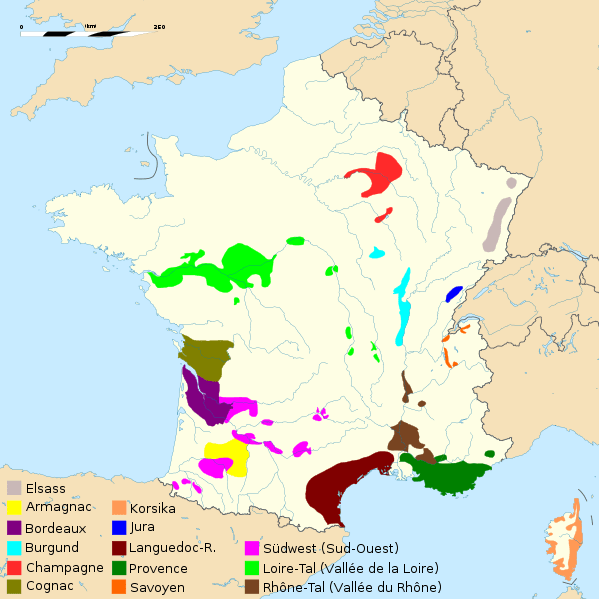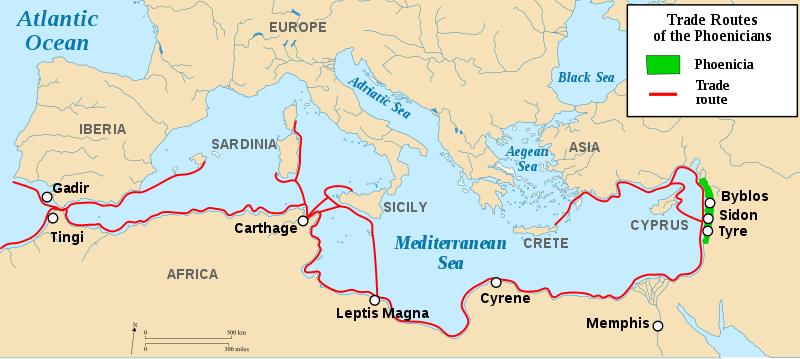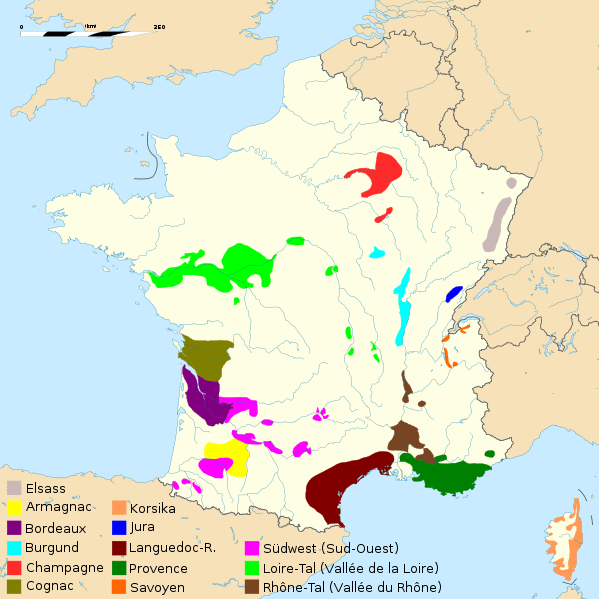Where in the World

Pinning down the exact origin of wine is largely thought to be impossible. From the discovery of 60 million-year-old fossilized grapes to wine references in the Old Testament to a 6,000 B.C. wine jar found in modern-day Iran, the true beginnings of wine is the source of much speculation. To add to the confusion, archaeologists believe that the first known winery may have dated back to 4100 B.C. in the Vayotz Dzor region of Armenia. One thing is for certain, humans have been drinking wine in one form or another since the Stone Age.
Everyone from the Europeans and Chinese, to the Persians, Egyptians, and Israelites were drinking wine thousands of years ago. It is speculated that the Phoenicians, a civilization including modern-day Lebanon, Israel, and Syria, were the first people to turn wine making and trading into an industry. By way of ancient Mediterranean trade routes, the Phoenicians introduced wine to Jewish clerics, Hellenistic Greeks, Northern Africans, and Middle Easterners. The ancient Greeks really started to increase the geographic spread of wine production after conquering multiple territories across the region. Around 1000 B.C., wine making and olive oil were trademarks of Mediterranean civilization and trade, and it was the Greeks who helped elevated olive pressing and wine making to a successful commercial scale.

Ancient Roman Wine
The evolution of wine making continued when Rome came to power centuries later. In the Roman era, amphorae (tall ancient Greek or Roman jars with two handles and a narrow neck) were sealed with wax and labeled with the appropriate vineyard, type of grape, year, and producer! We've kept that universal tradition to this day. Sealing wine casks helps prevent oxidation, which can ruin a perfectly good wine. Most of the ancient Roman and Greek wines had shelf lives ranging from 4 to 20 years depending on the producer, and were mixed with water and spices to suit the drinker's taste preferences.
A Period of Decline
The Middle Ages saw a sharp decline in the quality of wine due to a lack of sanitation and proper sealing of storage containers. Islam had replaced the Roman Empire as the predominant civilization, and wine drinking was forbidden by their religion. However, this didn't stop wine and beer from becoming a staple in the ancient European diet. In fact, alcohol often took the place of water due to the unsanitary conditions and risk of contamination with drinking water of that time. Dom Perignon (d. 1719) was a French monk who developed champagne and is credited with the idea of modern bottling and corking of wines. From the fall of the Roman Empire until the time of Dom Perignon in the Middle Ages, it was nearly impossible to age a fine wine.
A Growth Towards Modern-Day Wine
During Dom Perignon's lifetime in the 17th century, Bordeaux, France became an epicenter for wine culture and production. Bordeaux is located in southwest France on the Garonne River, which allows for easy access to the Atlantic Ocean, thus opening up countless trade opportunities for exporting wine to Europe and beyond. Around 1725, port became widely available due to the Portuguese idea of combining wine with brandy. This process arrests fermentation while ample sugar remains in the bottle. Port became a rival export to the wines of Bordeaux.

Modern-day wine connoisseurs can thank the European colonial expansion of the 19th century for our wine as we know it today. This dispersing of European tastes throughout the world contributed to a widespread desire for quality wine and champagne. On the North American continent, the diversity of wine has grown since the Spanish arrival in Florida in 1564, where wine was made using native as well as imported grapes. Currently, the wine trade has grown into a worldwide industry with wines produced in different climates such as California, Australia, France, Georgia, Chile, South Africa, Italy, Spain, and most of the Mediterranean region.
Georgia Vineyard
Wine has come a long way since the age of Augustus in ancient Rome. Visit our North Georgia vineyard and wine caves to taste a little bit of history in the making! Our majestic hills and rich soil are the perfect setting for mountainside vines and a good time with friends. Celebrate the age-old tradition of wine making and jubilation by uncorking a bottle of one of our handcrafted wines.















